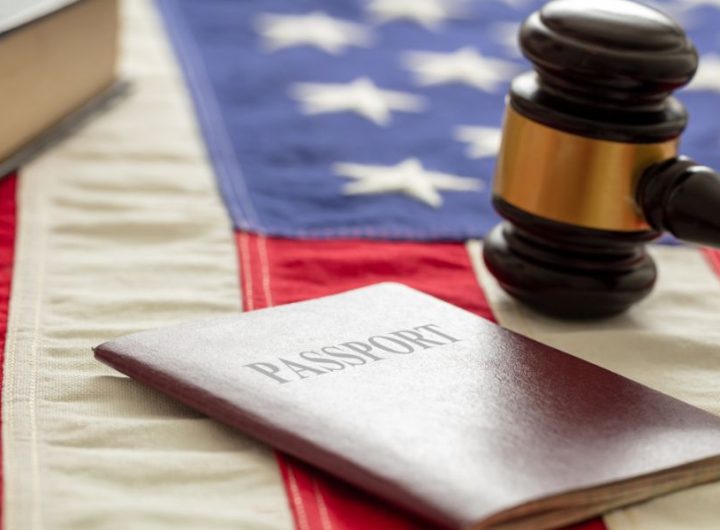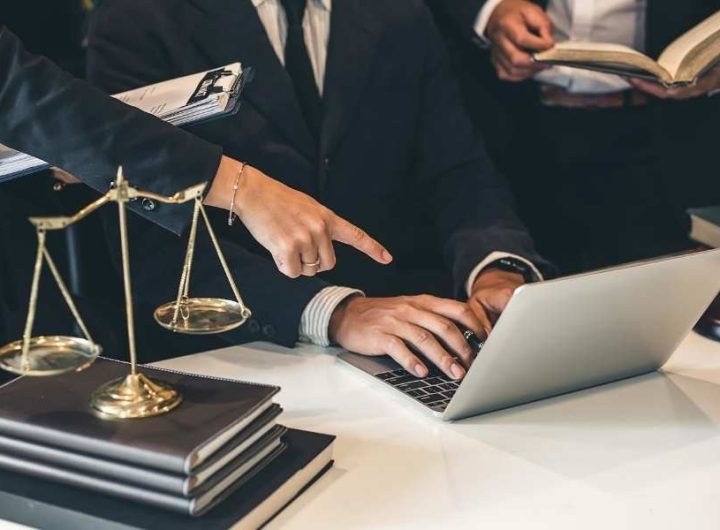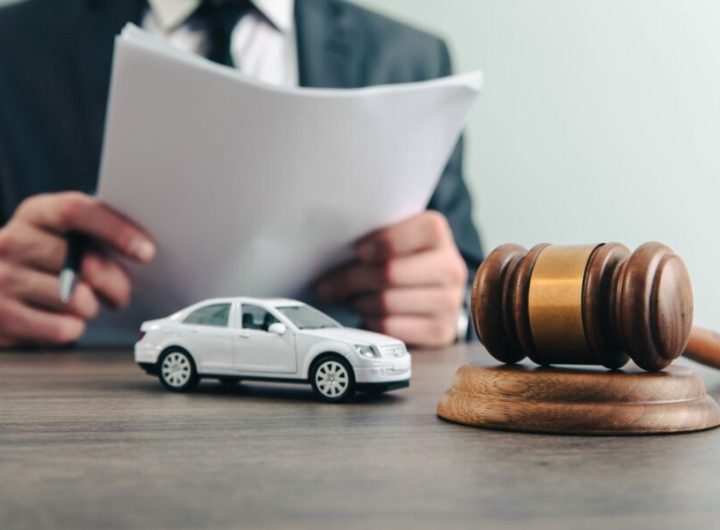
In Yonkers, a fatal brain injury doesn’t just end a life, it upends a family’s future. The law offers paths to accountability, but the steps are technical, the timelines strict, and the proof often medical and highly contested. Families frequently turn to a trusted wrongful death attorney in Yonkers to investigate what happened, preserve evidence, and pursue full compensation. Firms like Tomkiel & Tomkiel Law Firm have long guided Westchester families through these difficult cases, from the first hospital records request to the final resolution in court or at the negotiating table.
Wrongful death claims arising from severe brain injuries
Severe traumatic brain injuries (TBIs), from high-speed crashes, falls from height, or medical errors, can lead to swelling, herniation, or anoxic damage that proves fatal even though intensive care. When negligence causes that outcome, New York law recognizes two distinct, often paired, claims:
- Wrongful death: brought on behalf of survivors for their pecuniary losses (financial harms caused by the death).
- Survival (conscious pain and suffering): brought on behalf of the decedent’s estate for damages experienced between injury and death.
Why brain injury cases are different
Brain injuries are medically complex. Causation can hinge on radiology (CT/MRI), neurosurgical notes, and sometimes advanced imaging such as diffusion tensor imaging (DTI). Plaintiffs often must show a clear chain from impact to neurological decline and, eventually, death. Defense teams may argue alternative causes, stroke, preexisting conditions, or delayed care.
In Yonkers and across Westchester County, these cases typically proceed in New York Supreme Court, with fact discovery spanning medical records, EMS run sheets, hospital timelines, and biomechanical analyses. A seasoned Wrongful Death Attorney Yonkers understands how to connect each clinical milestone to the legal elements the family must prove.
Legal process for families pursuing justice in Yonkers
The legal journey starts shockingly soon after a loss. Preserving proof early can shape the entire case.
First critical steps
- Appoint a representative: Only a personal representative (administrator or executor) can file a wrongful death claim in New York. Families typically obtain Letters of Administration through Westchester County Surrogate’s Court.
- Hire counsel quickly: An experienced wrongful death attorney in Yonkers coordinates investigation, expert review, and filings.
- Preserve evidence: Counsel sends spoliation and preservation letters to drivers, property owners, hospitals, and insurers to secure video, event data recorders, maintenance logs, and chart audits.
Deadlines that matter
- Statute of limitations: Generally 2 years from the date of death for wrongful death claims in New York. Related personal injury claims tied to the event may have different deadlines.
- Municipal defendants: Claims against the City of Yonkers, Westchester County, the MTA, or other public entities typically require a Notice of Claim within 90 days. Missing this window can be fatal to the case.
Where cases are filed, and how they resolve
Most cases are filed in New York Supreme Court, Westchester County. The path commonly includes depositions, medical and liability experts, court-ordered conferences, and often mediation. Some matters resolve pre-suit after a robust demand backed by medical causation analysis: others reach trial where juries consider both liability and damages. Throughout, firms such as Tomkiel & Tomkiel Law Firm keep families informed while pushing the pace on discovery and negotiations.
Proving negligence in complex injury and death cases
To win, plaintiffs must establish duty, breach, causation, and damages. In brain injury wrongful death litigation, the pressure falls hardest on causation and breach.
Building liability
- Motor vehicle crashes: Attorneys gather EDR/telematics data, phone records for distraction, and hours-of-service logs in truck cases. Human factors experts analyze perception-reaction times: accident reconstructionists model speeds and impact forces.
- Construction falls: New York Labor Law §240(1) (the “Scaffold Law”) can impose strict liability for gravity-related falls where proper safety devices were lacking.
- Premises incidents: Evidence can include prior complaints, inspection logs, lighting measurements, and code compliance.
- Medical negligence: Timeline analyses (door-to-CT, intervention delays), nursing ratios, and deviations from accepted protocols underpin claims.
Proving medical causation
Brain injury death cases frequently turn on expert testimony:
- Neurology and neurosurgery specialists chart the progression from initial GCS scores to herniation or anoxic injury.
- Neuroradiologists interpret CT/MRI and, when appropriate, DTI studies. Under New York’s Frye standard, the admissibility of advanced imaging hinges on general acceptance in the scientific community: careful expert selection and literature support are critical.
- Life care and economics experts quantify losses when survival claims involve prolonged ICU care before death.
Defense teams may argue intervening causes (subsequent medical complications, independent events) or comparative negligence. New York’s pure comparative fault rule reduces damages by the decedent’s percentage of fault, but does not bar recovery. A diligent Wrongful Death Attorney Yonkers anticipates these attacks by documenting clear timelines, obtaining independent autopsy reviews where needed, and leveraging authoritative medical literature.
Compensation options including financial and emotional damages
New York’s wrongful death framework focuses on economic loss to survivors. While many states allow recovery for survivors’ grief, current New York law generally does not compensate for emotional anguish of the family. That distinction often surprises clients.
What families can recover
- Pecuniary losses: Lost financial support, household services, and the value of parental guidance and training to minor children.
- Medical and funeral costs: All reasonable medical expenses related to the fatal injury and funeral/burial costs.
- Conscious pain and suffering: Non-economic damages for what the decedent experienced between injury and death, pursued through a survival claim.
- Prejudgment interest: In wrongful death, New York typically allows 9% interest from the date of death on pecuniary awards.
- Punitive damages: When conduct is willful or shows reckless indifference (e.g., intoxicated driving, egregious safety violations), punitive damages may be available to punish and deter.
Evolving landscape
Legislative proposals in Albany have sought to expand recoverable grief damages for families: as policy debates continue, attorneys must preserve all categories of compensable loss under current law while monitoring potential changes.
Practical considerations matter too: no-fault benefits may cover some initial medical charges in motor vehicle cases: liens from health insurers or workers’ compensation carriers often need to be negotiated at settlement. Experienced firms like Tomkiel & Tomkiel Law Firm structure resolutions to protect minors’ interests, address Medicare set-aside issues where applicable, and consider structured settlements to stabilize long-term support.
Role of attorneys in guiding survivors through litigation
Legal teams do more than file papers. They orchestrate investigations, manage experts, and lighten the administrative load on grieving families.
- Investigation and preservation: Rapid scene work, witness outreach, FOIL requests, and black-box downloads.
- Medical strategy: Coordinating independent reviews, challenging defense IMEs, and framing the clinical story clearly for a jury.
- Insurance mapping: Identifying all policies, primary auto, umbrella, commercial general liability, and uninsured/underinsured motorist (UM/SUM) coverage.
- Estate coordination: Working with Surrogate’s Court on appointments, wrongful death allocations, and infant compromise orders when children are beneficiaries.
- Communication: Translating legal steps into plain English, providing realistic timelines, and preparing families for depositions and mediation.
A local Wrongful Death Attorney Yonkers brings venue familiarity, knowledge of Westchester juries, and relationships with regional experts. Tomkiel & Tomkiel Law Firm, for example, blends deep trial experience with a community-centered approach, prioritizing transparency, preparedness, and compassion.
Case studies highlighting brain injury lawsuits in 2025
Recent matters across New York illustrate how facts and law interact in fatal brain injury cases:
- Construction fall under Labor Law §240(1): A Yonkers-area laborer suffered a fatal TBI after a scaffold failure. Liability centered on missing safety lines and inadequate planking. The estate pursued both wrongful death and conscious pain and suffering, supported by neurosurgical testimony about brief post-injury awareness. The case resolved for a confidential, multi–million-dollar sum after mediation.
- Interstate trucking underride: A family traveling near the I-87 corridor faced a catastrophic underride with fatal brain trauma. ELD data revealed hours-of-service violations: dashcam footage clarified impact angles. Comparative fault arguments narrowed after a reconstruction showed inadequate conspicuity on the trailer. Settlement negotiations accelerated once plaintiffs’ experts linked hypoxic-ischemic injury to delayed extrication.
- Hospital hypoxia case: In a 2025 filing, a downstate estate alleged delayed airway management led to irreversible brain injury and death. The defense raised comorbidity and causation challenges. The court scheduled a Frye hearing on certain advanced imaging: the dispute underscored how critical expert vetting remains in medical negligence brain injury claims.
Every case turns on its own facts, but the pattern is consistent: tight evidence control, credible experts, and early pressure on insurers tend to move outcomes.
Broader impact on local communities after tragic outcomes
Beyond courtrooms, a fatal brain injury ripples through Yonkers neighborhoods, schools, and employers. Families shoulder caregiving, counseling, and financial upheaval: classmates and coworkers grieve: first responders absorb the emotional toll. Tragedies often catalyze safety changes, better worksite fall protection, traffic-calming near busy corridors, and stricter fleet policies for delivery and rideshare vehicles.
Legal accountability plays a civic role, too. When verdicts or settlements highlight a hazard, municipalities and businesses tend to respond, upgrading lighting, retraining staff, or redesigning intersections. That’s one reason families choose a seasoned Wrongful Death Attorney Yonkers: the pursuit of justice is personal, but it also nudges systems to do better. Firms such as Tomkiel & Tomkiel Law Firm help convert hard facts into change, while securing the resources survivors need to rebuild.


 Uncovering the Realms of Property Division During a Divorce Case
Uncovering the Realms of Property Division During a Divorce Case  Estate Planning After Divorce: Protecting Your Financial Future in Boston
Estate Planning After Divorce: Protecting Your Financial Future in Boston  The Role of Evidence in Winning a Car Accident Claim in Atlanta
The Role of Evidence in Winning a Car Accident Claim in Atlanta  Exploring the EB-5 Investor Visa Program and Immigration Pathways in 2025
Exploring the EB-5 Investor Visa Program and Immigration Pathways in 2025  Workers’ Compensation Rights and Employee Protections in Washington State
Workers’ Compensation Rights and Employee Protections in Washington State  Smart Strategies a Harlem Personal Injury Lawyer Uses to Maximize Car Accident Settlements
Smart Strategies a Harlem Personal Injury Lawyer Uses to Maximize Car Accident Settlements